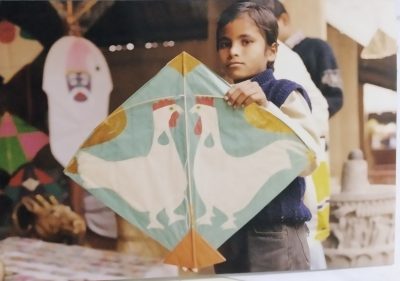The tribal saris, scarves, and woven fabric lengths of the Koraput-Bastar region are woven in a heavy count cotton ranging from 10 to 20. The weaver uses a three-shuttle interlock patterning which makes available innumerable combinations in scale and volume. The characteristic natural dye colouring used is derived from the deep red aal or madder dye which is extracted from the root of the Indian Madder tree. The powerful and vibrant deep maroon that is obtained is often darkened to brown with the addition of harikari or sulphate of iron. These colours combined with the natural unbleached off-white colour of the yarn produce dramatic results.
The immense contemporary appeal of the saris and fabrics of this region is enhanced rather than reduced by the limited colour palate and the austerity of the design available. The designs used have an underlying symbolism and are largely inspired by nature or by significant objects of daily use. The dyeing can be done only in the summer months as the monsoon brings the process to a halt, while the yarn does not dry fast enough in the winter months. The dyeing process is long and tedious and the quality of the aal dyed yarn is a determining factor in the end price. The design and craftsmanship displayed on the borders and pallus of the sari also affect the price.
Gallery
YOUR VIEWS
PRACTITIONERS: INDIA
Access 70,000+ practitioners in 2500+ crafts across India.
BIBLIOGRAPHY
10,000+ listings on arts, crafts, design, heritage, culture etc.
GLOSSARY
Rich and often unfamiliar vocabulary of crafts and textiles.
SHOP at India InCH
Needs to be written.





